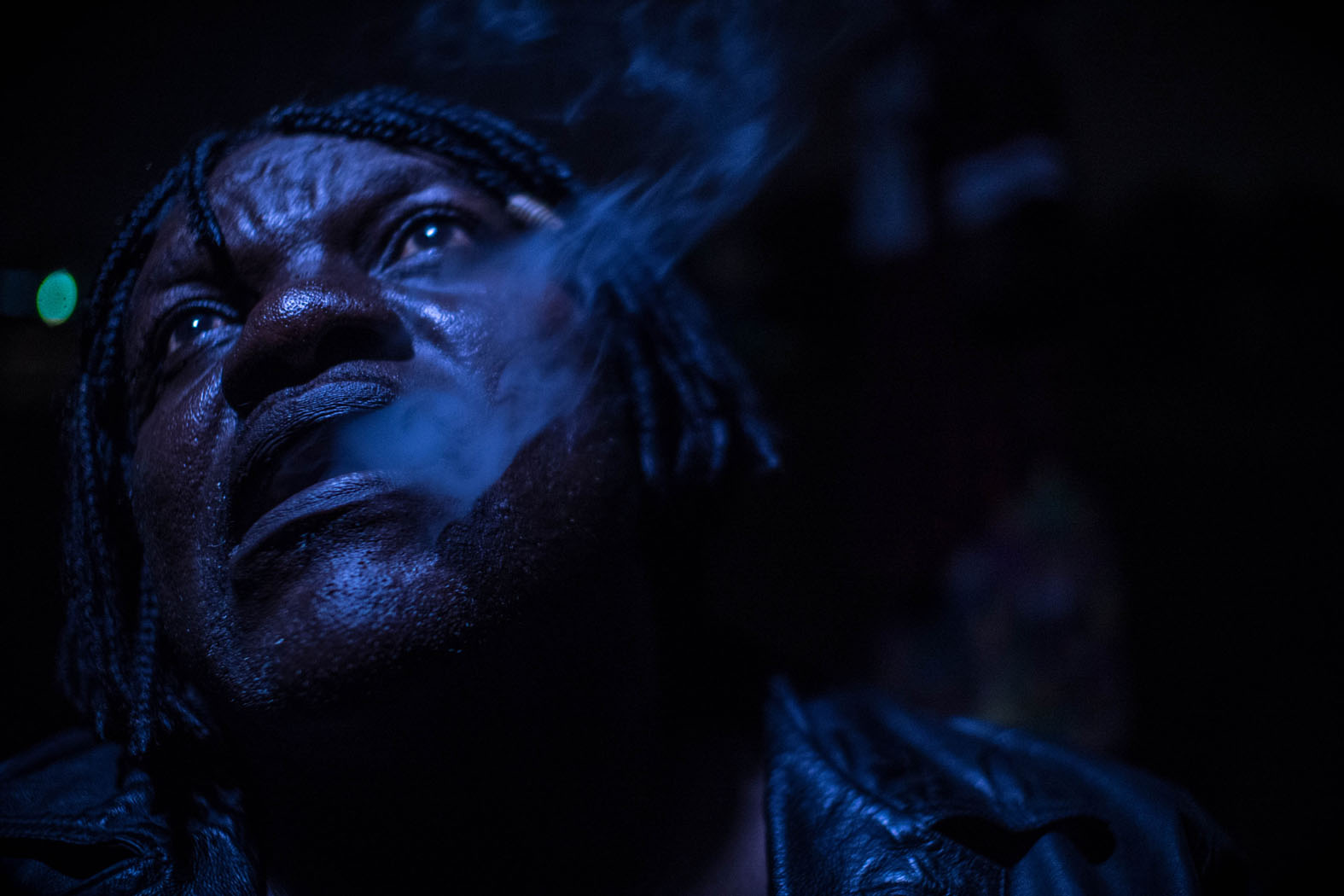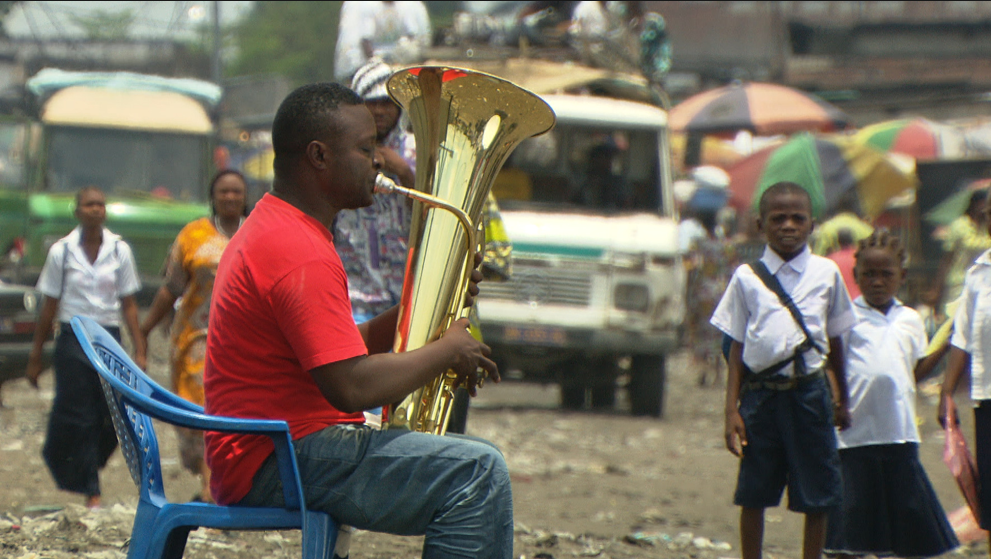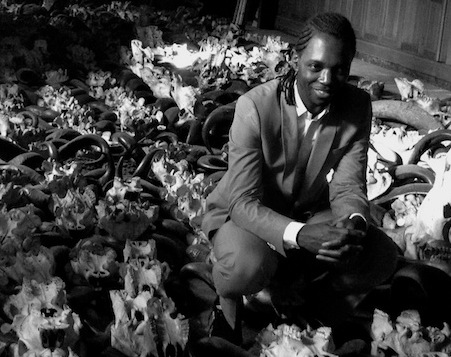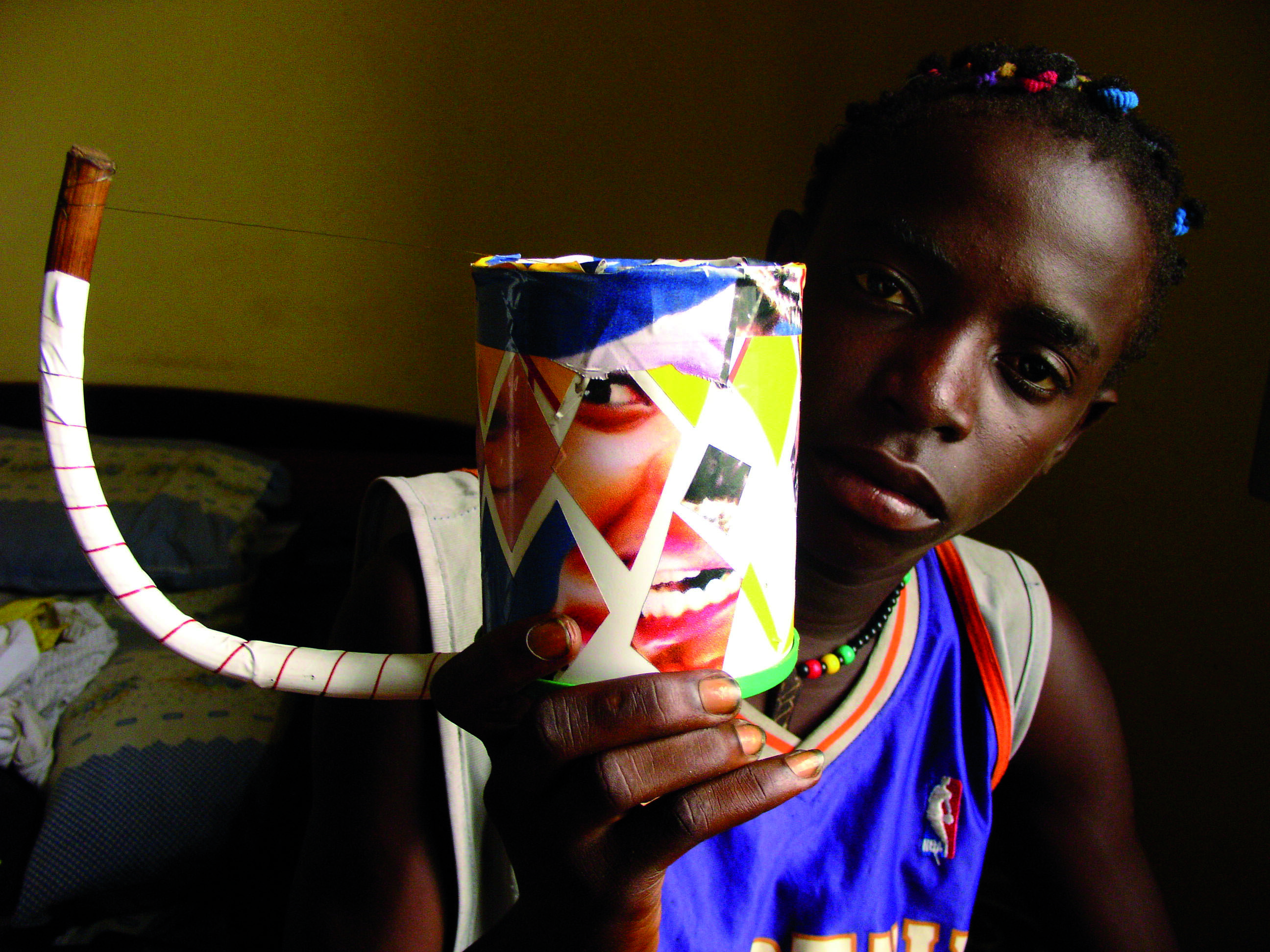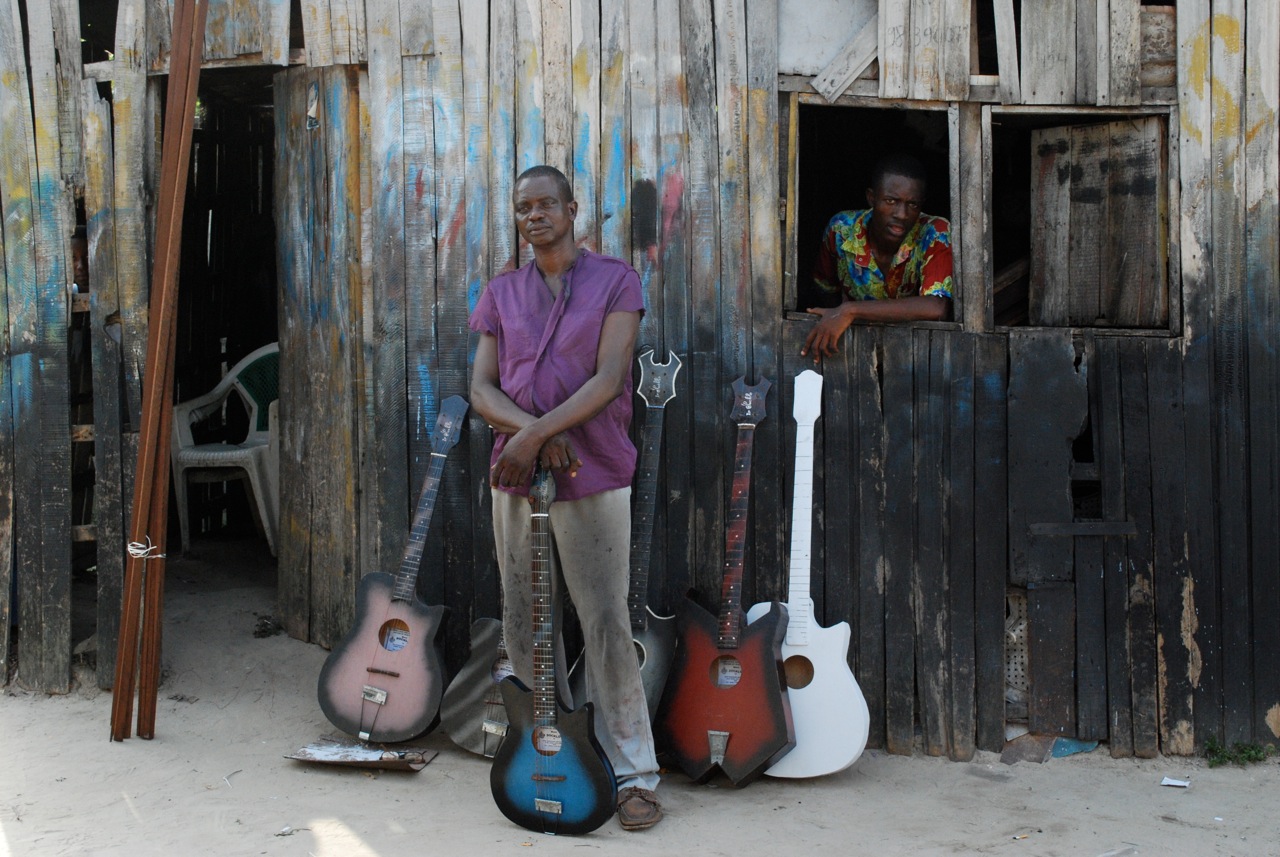Müller and Makaroff, the duo behind Gotan Project, straddle continents and flip their beloved tango on its head…once again!
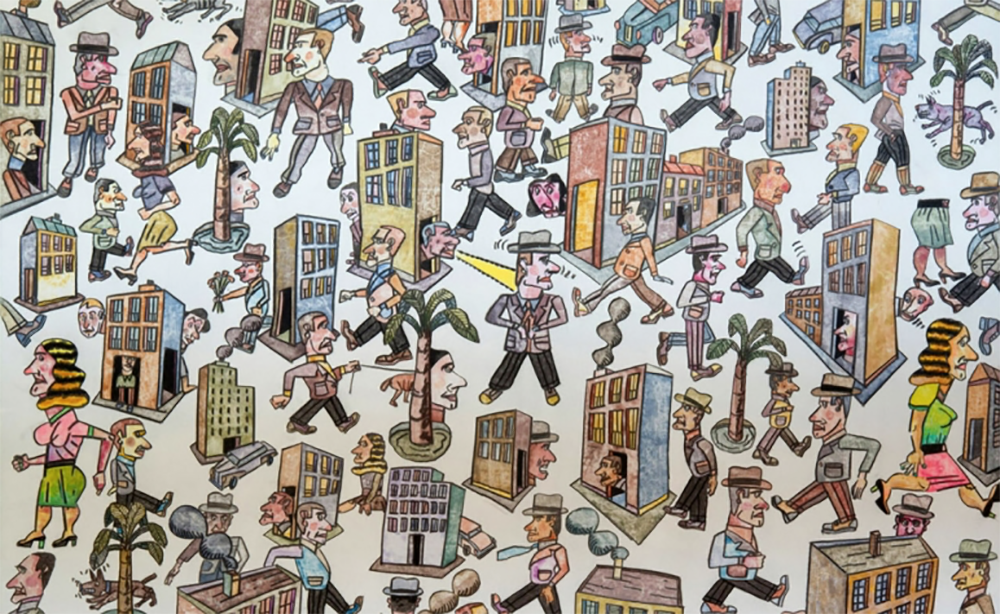
There were two ‘big bang’ moments in the life of Christoph H. Müller. The first was hearing ‘Adios Nonino’, Astor Piazzolla’s lament to his dead father. “It was rhythmically fascinating, harmonically interesting and melodically so beautiful, all at once.” That moment of love-at-first-listen was the beginning of an affair with tango that has proved to be deep and lasting, unlike the numerous one night stands he’s had in his career as an electronic music producer, with Brazilian beats, Arabic quarter-tones, Peruvian folklore and other sounds he’s netted with his restless sampler.
As a teenager growing up in Basel, Switzerland, electronic music was Müller’s red flag: against the guitar-bass-drum clichés of rock; against the bourgeoning racism of the early 1980s, against the “societal pressure to conform”. His god was Kraftwerk; his national hymn was Tubeway Army. Modest success came quickly with ‘Muhammar’, a piss-take of Ghadafi released by Müller & co under the name Touch El Arab and later with the band Ten Mother Tongues. But Switzerland couldn’t keep him: “I left at the earliest opportunity.” he says. After brief adventures in Barcelona and London, he moved to Paris and made it his home. “I was a cultural refugee rather than an economic one”, he says, “cos I was coming from one of the richest countries on earth”.
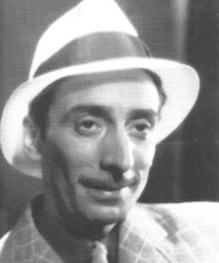
By the time electronic dance music was moving out from the derelict warehouses and into people’s living rooms in the early 1990s, Müller was making a living producing music for films and advertising, or poaching sounds from the ether and embedding them into electronic dance tunes with DJ and founder of the Ya Basta! label, Philippe Cohen-Solal. Piazzolla was just one catch amongst many, but its impact went deep. “I sampled it immediately!”, Müller remembers, laughing at his innocent impertinence.
A few years later, a living breathing Argentinean by the name of Eduardo Makaroff dropped by the studio. He’d been dreaming of a marriage between club music and tango, and some friend suggested he seek out Müller and Cohen-Solal. They were kindred spirits, he was told. They’d understand.
Makaroff had also had his own big bang moment as a youth when he’d heard Carlos Gardel singing a version of ‘Esta Noche Me Emborracho’ (‘Tonight I’ll Get Drunk’), written by Enrique Santos Discépolo, the ‘philosopher’ of tango. “All the drama of tango can be found in that record,” he says. But Makaroff was a porteño, a native of Buenos Aires, a child of the Rio de Plata, so like it or not, tango was already in his blood.
It was a troubled heritage. By the 1960s, the once globally revered style, as ubiquitous and compelling as jazz in its heyday, had been dulled by age and a clinging association with commercialism, nationalism and kitsch. To Eduardo and his longhaired counter-cultural mates, tango was naff. They were listening to the Beatles, the Stones, Led Zep, or the early stirrings of homemade Argentinean rock (especially the psychedelia of Alberto Luis Spinetta and the blues – occasionally tango-tinged blues – of Manal). Eduardo’s brother Sergio was a writer of immense talent and one of Argentina’s first hippies, who starred in the Buenos Aires production of Hair. Eduardo and his hippy mates use to hang out on the ragged lawns of the Plaza Francia, in the upmarket Recoleta district of Buenos Aires, near the monument celebrating France and Argentina long revolutionary relationship. “We had our heads in marijuana smoke,” he remembers.
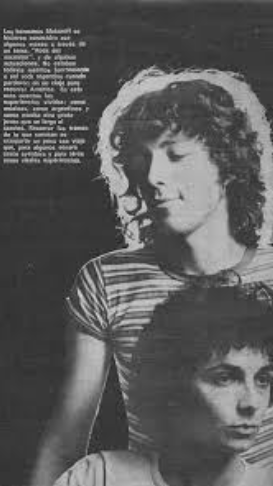
There were times when having long hair was a dangerous business and protesting against social injustice even more so. From the 1960s to the early 1980s, Argentina alternated between the waltz of Peronism and the goose-step of the military junta. Like many of his radical compadres, Makaroff served a few stints in jail at the generals’ pleasure. Compared to rock’n’roll, tango seemed toothless as a means of resistance. But it was in the blood; it couldn’t be ignored. Makaroff took guitar lessons from the age of thirteen with Juan ‘Tata’ Cedron, a tango legend, but in his first couple of bands, rock took the upper hand: Los Hermanos Makaroff (with brother Sergio) and the duo Edu y El Pollo (with Daniel “Pollo” Mactas), who changed their name to Mano a Mano when the pair moved to France in 1990 with the album Tango Joyeux in their luggage. “No one was telling me I had to get out of Argentina”, he says. “It was tango that gave me the possibility of working elsewhere”.
As Eduardo plugged into the small but vibrant Argentinean ex-pat scene in Paris, tango came back to the fore. After all, this was tango’s second city, the place where the genre had been dragged from the switchblade shadows of Argentina’s demi monde at the beginning of the twentieth century, and into the bright light of ‘respectable’ hedonism before setting off to seduce the rest of the world. Eduardo became a tango evangelist, a tireless soldier in the fight to keep the genre alive, fresh, relevant. Hence his trip to the studio of Christoph H. Müller and Philippe Cohen-Solal. “I think it’s very hard, if you love music, not to like tango,” he says.
The trio of Müller, Makaroff and Cohen-Solal formed Gotan Project – gotan as in ‘tango’ backwards, in the time honoured syllable-flipping tradition of lunfardo, the street slang of Buenos Aires’ working class neighbourhoods. Their first EP on Ya Basta! was expected to sell less than 1000 copies. Their first album Revancha del Tango sold almost 3 million. It was a sweet revenge for sure. Tango was no longer naff; it was hip, suited, stylish, bass heavy. And it was everywhere – in the clubs, in the home, on MP3 players, in ads and film music.
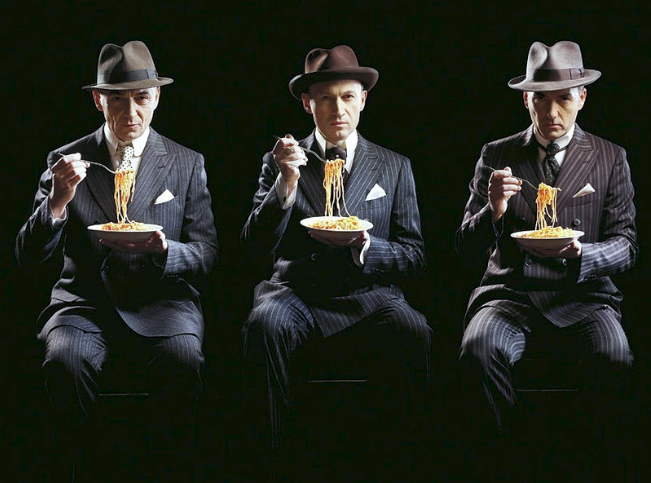
If it’s challenging to keep success alive, then it’s perhaps an even greater challenge to replace it after it dies. When Gotan Project stopped their communal activities and went into deep sleep after their third album Tango 3.0, Makaroff and Müller, who had always been the musical engine of Gotan, decided they needed something different. “It was the desire to see what we could do if we got out of that whole electronic approach,” Müller says, “and see what would happen with a more pop approach, old-time pop from the 50s, 60s and 70s.” Perhaps it was also, as Müller puts it so succinctly, “not to give in to easiness.”
The genre itself wouldn’t countenance any easiness, if approached with honesty and respect. Thanks to the “exchange of data” that had taken place between himself and Makaroff, Müller had become a devotee, not only of the music, but the history, the poetry, the books, the films. He was fascinated by the African roots of tango, the black percussive soul that Argentina’s politicians and cultural guardians had tried so hard to airbrush out of the national consciousness at the dawn of the 20th century, when the country was trying to become a model of white European culture in the New World.
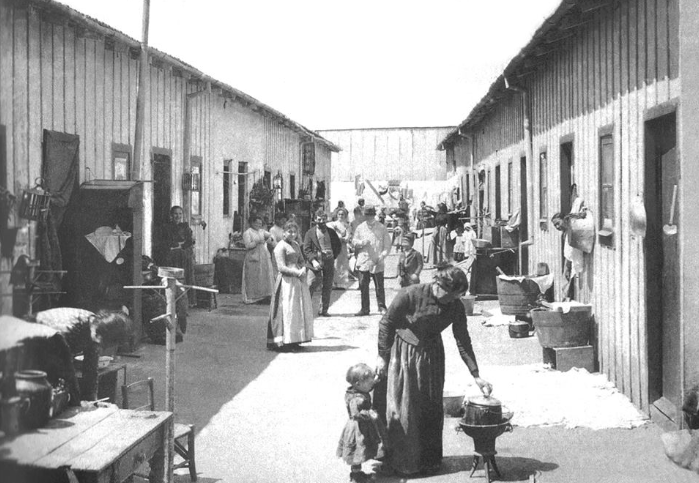
Buenos Aires was one of America’s breathless boom-cities, growing from 200,000 inhabitants in 1880 to 1.2 million in 1910. It you were poor white and Spanish, Italian, French, Maltese or Eastern European, the River Plate was the place to go and start a new life. Argentina welcomed those white European dream-seekers with open arms, then put them to work for minimal pay in those immense meat and grain processing plants. They were men for most part, men like Makaroff’s grandfather who arrived on a steamer from the Ukraine with a balalaika and a mandolin. They crowded together in slums tenements or conventillos, the balalaika and mandolin rubbing up against the German bandoneon, the Jewish violin, the French piano, the Spanish guitar, the African drum. In that human swamp, tango was born: a balm for lust, loneliness and melancholy. Or as the great Discépolo put it:
With this tango so cocky, mocking, street-tough
Two wings were tied to the ambitions of my slum;
From that tango, tango itself was born, like a cry
That left the sordid quagmire searching for the sky,
The strange spell of a love turned into a cadence
That opened up paths with no more light than hope
Mixing the rage of pain, of faith, of absence
Crying with the innocence of a toy-like rhythm.[1]
Müller and Makaroff longed to free themselves of from the arduous task of reducing the wondrously complex fraseo or ‘phrasing’ of classic orchestral tango, with its breaking leaps in tempo and harmony, into patterns that suited the computer. They wanted to rediscover the “innocence”, the “spell of love” of that “toy-like rhythm” in the musicianship of living breathing virtuosi, like the members of the great tango orquestas tipicas of the 30s and 40s, or of Parliament, Funkadelic and the JBs.
Searching for a front person, they struck gold in the shape of Catherine Ringer, once of French rock legends Les Rita Mitsouko. “She’s a very tango person, very emotional, a real personality”, says Makaroff, laughing. And it was Eduardo’s brother Sergio who suggested they name their new project after the place where they used to hang out smoking weed back in the 70s, talking about Jagger, McCartney and Che, the place that seemed to symbolise the symbiosis between Argentina and France which had given tango its global dimension.
Following the critical success of Plaza Francia’s first album A New Tango Songbook (2014), Müller and Makaroff’s instinct is to go deeper now, rather than sideways. Plaza Francia is mutating into the Plaza Francia Orchestra, an assemblage of the finest young tango musicians in Paris, which is another way of saying among the finest in the world. The core has been lifted from TAXXI (as in ’TA-ngo’ of the XXI i.e. 21st century), the orchestra lead by bandoneon player Pablo Gignoli. With Gignoli comes first violinist Anne le Pape, second violinist Aurélie Gallois, viola player Romain de Mesmay and cellist Veronica Votti. On piano there’s Gignoli’s long-time duetting partner Sebastian Volco, and last but not least, Müller & Makaroff’s old friend and collaborator Facundo Torres on bandoneon as well.
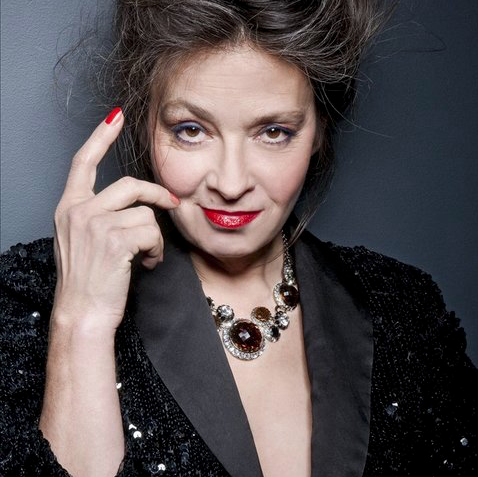
But tango, like rock or jazz, is a universe. You can have a tango film, a tango painting, a tango suit, a tango way of walking, a tango phrase, a tango thought. Plaza Francia have embellished their corner of this universe with works by the famous Argentinian painter Antonio Seguí, one of which will grace the cover of their forthcoming album. The martini dry humour of Argentinian comedian Pedro Saborido and smooth dark tones of TV personality Pancho Ibanez will also feature, as will guest vocals from Catherine Ringer and the Cap Verdean diva Lura, both as tango as they come. You can be Chinese and still be tango. The challenge is to create a deep multi-disciplinary portrait, or maybe even a concept, like Bootsy Collins’ Mothership (a model that Müller often cites), but centered on that old square in the Recoleta.
Through the genius of Piazzolla, tango became an art form to sit and listen to rather than just dance, the repository of complex harmonies, time signatures and musicianship. Ultimately however, it’s still the raw feeling that counts, the cry of pain at the loss of a dream, the hot breath of a passion that didn’t exist a moment ago, and will die in a few moments time. You can hear it in the dark torrent of Gardel’s voice as he sings of his sad ‘Sad Night’ – “There’s no solace for me, and that’s why I’m getting drunk, to forget you my love.” That voice was hard for Müller to understand at first, so operatic, so sharp-suited and cloying. But when he heard the genius harmonica player Hugo Diaz performing songs by Gardel, the power of his music and subtlety of his emotions were revealed. It all became clear: Tango isn’t just for one night. It’s for life.
That was his second big bang moment.
Andy Morgan – Bristol, 2017
[1] “Con este tango que es burlon y compadrito
Se ato dos alas la ambición de mu suburbio;
con este tango nacíó el tango y como un grito
Sail del sórdido barrial buscando el cielo;
Conjure extraño de un amor hecho cadencia
Que abrir camions sin mas luz que la esperanza,
Mezcla de rabia de dolor, de fe, de ausencia
Llorando en la inocencia de un ritmo juguetón.”
Lyrics to the song ‘El Choclo’ by Enrique Santos Discépolo (1946).
DONATE! If you’ve enjoyed what you’ve read, or have learned something that might be useful for your own work, please consider making a small donation. Any amount – £1, £2, £5, £1000! – will help to keep the words flowing and the stories coming. Thank you so much!

SIGN UP! If you’ve enjoyed reading or looking at my work, please sign up to my newsletter. You’ll get updates every month or so with new articles, photo essays and other content relating to global music, Africa, the Sahara and more….
Related Links
- Songhoy Blues: http://songhoyblues.com
- TalkingGigs: https://www.talkinggigs.co.uk

